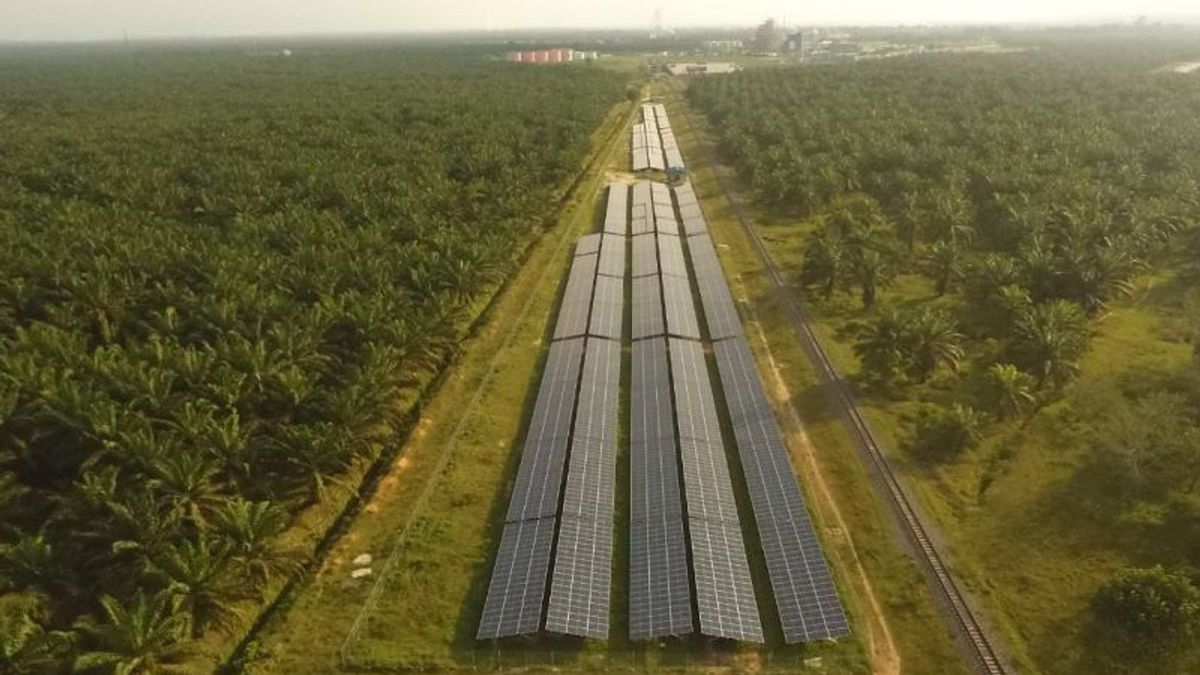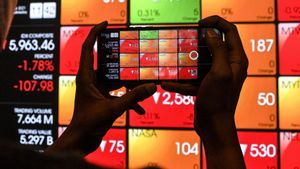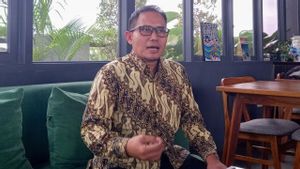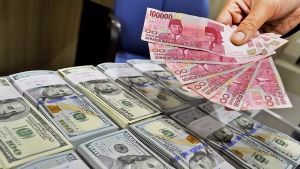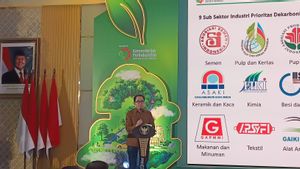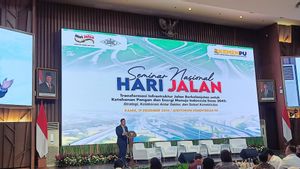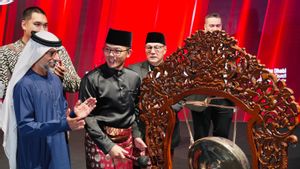JAKARTA - The Indonesian government has committed to achieving the net zero emission target by 2060.
To achieve this target, Indonesia is in the process of implementing an energy transition mechanism and also encouraging the use of clean energy.
Energy Conservation Director of the Ministry of Energy and Mineral Resources (ESDM) Nyoman Puspa Dewi said that Indonesia targets to have 587 gigawatts of clean energy generation by 2060.
This is a form of government and stakeholder commitment to achieve the domestic carbon neutrality target.
"All electricity will be generated by new renewable energy power plants with a focus on the development of variable renewable energy," he said in a statement to the media, Friday, May 20.
He detailed that, based on the clean energy generation development plan contained in the energy transition roadmap, the government is targeting a PLTS capacity of 361 gigawatts, PLTA 83 gigawatts, PLTB 39 gigawatts, PLTN 35 gigawatts, PLTBio 37 gigawatts, PLTP 18 gigawatts, and ocean currents generators of 13.4 gigawatts.
Meanwhile, in terms of pumped storage, it is planned to reach 4.2 gigawatts, 140 gigawatts of battery, and 52 gigawatts of hydrogen.
"We are focused on mitigating climate change through a commitment to achieve the carbon neutrality target," said Puspa.
He added that super grid and smart grid technology are models of the Ministry of Energy and Mineral Resources that can describe the chosen energy potential. Both technologies are the key to increasing the penetration of new renewable energy that connects electricity to every island in Indonesia.
A super grid is a wide area transmission network that is generally transcontinental or multinational. This network made it possible to trade large amounts of electricity across great distances.
Meanwhile, the smart grid is an innovation that utilizes advances in communication technology, computers, and cyber to be able to control and operate the electric power system in distributing electric power.
Based on the calculations of the Ministry of Energy and Mineral Resources regarding investment needs to achieve the carbon neutrality target, Indonesia needs at least US$1.177 billion or US$29 billion per year so that the electricity sector can be emission-free by 2060.
This figure consists of investment needs in renewable energy generation of US$ 1,042 billion and transmission which reaches US$ 135 billion.
Previously, the Ministry of Energy and Mineral Resources revealed that Indonesia's electricity demand in 2060 is projected at 1,885 Terawatt Hour (TWh), of which PLN's demand is around 1,728 TWh, and non-PLN demand is around 157 TWh. Meanwhile, the projected electricity consumption per capita will reach more than 5,000 KWh/capita in 2060.
"To meet these energy needs, and to achieve NZE, a map of the policy steps that need to be implemented, including phasing out of coal-fired power plants, massive renewable energy development, and development of Indonesian supergrid interconnections, as well as energy conservation implementation," said the Minister. Energy and Mineral Resources (ESDM) Arifin Tasrif.
The English, Chinese, Japanese, Arabic, and French versions are automatically generated by the AI. So there may still be inaccuracies in translating, please always see Indonesian as our main language. (system supported by DigitalSiber.id)
